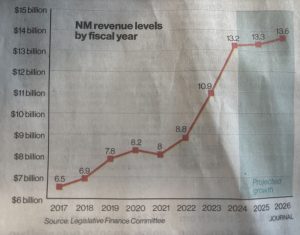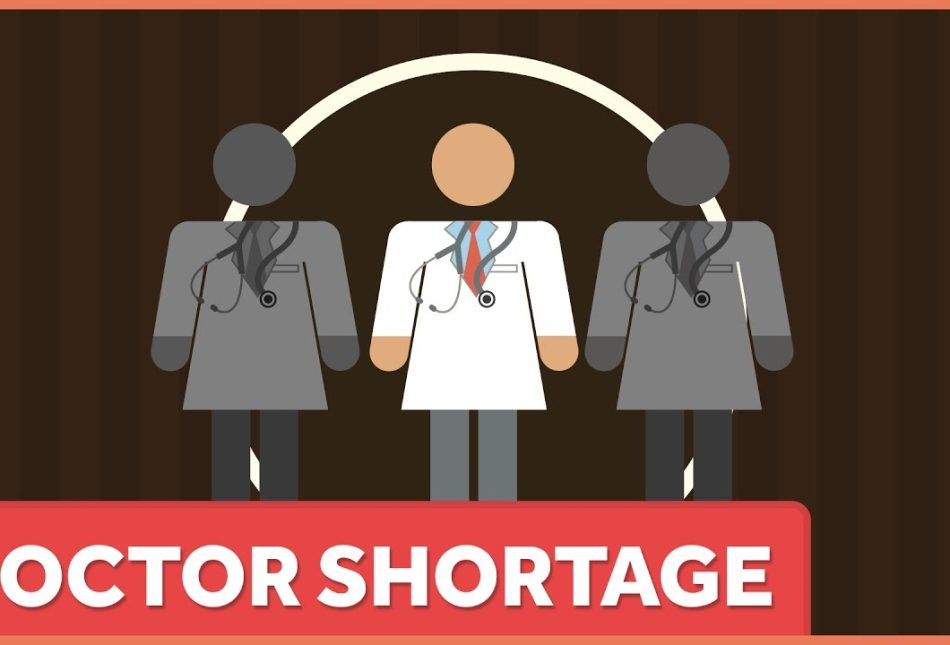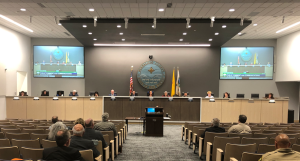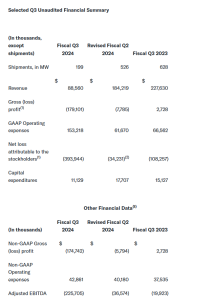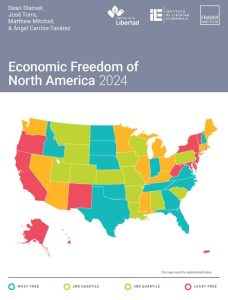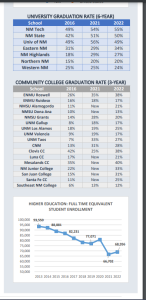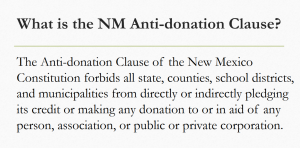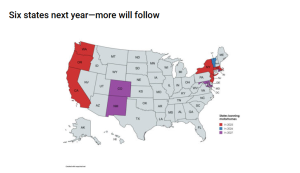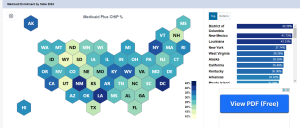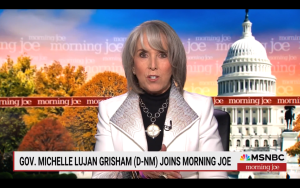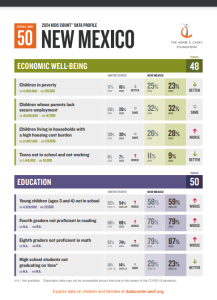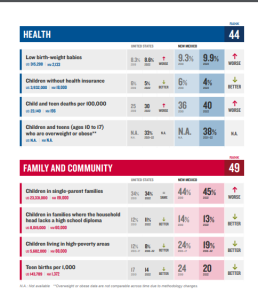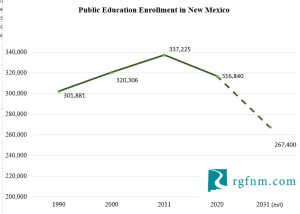No Soup for You! MLG’s budget offers taxpayers nothing
12.13.2024
As reported earlier this week, New Mexico remains in an unprecedented oil and gas boom. New Mexico expects to collect a mind-blowing $13.6 billion from the oil and gas industry alone while even MLG’s proposed FY 2026 budget “only” spends $10.9 billion (spending has increased 45% since MLG took over in 2019).
But, don’t expect for businesses and taxpayers to see anything out of this latest budget. The Gov. proposes NO TAX CUTS or REBATES at all in her proposed budget according to Dan Boyd of the Albuquerque Journal. Instead, government will grow by another nearly 7% in the next budget, if adopted.
While the Legislature will put out its own budget plan before the upcoming 2025 session, don’t expect much help from the Legislature. Senate Finance Committee Chair George Muñoz (what passes as a “reasonable” Democrat in the Legislature these days) downplayed even rebates saying, “rebates were pretty much a waste of money” and that “the state could have used the money better by funneling it into trust funds for future use.”
While at RGF we prefer tax cuts and reform to rebates, Muñoz’ statement that they are a waste of money is ridiculous, especially when the alternative is for government to simply hold onto the money in various sovereign wealth funds or spend it on numerous ineffective programs. Sadly, New Mexico voters had a choice in November and decided to stick with legislative candidates who seem hell bent on putting as many resources as possible under government control while solving precisely ZERO of New Mexico’s actual problems.



